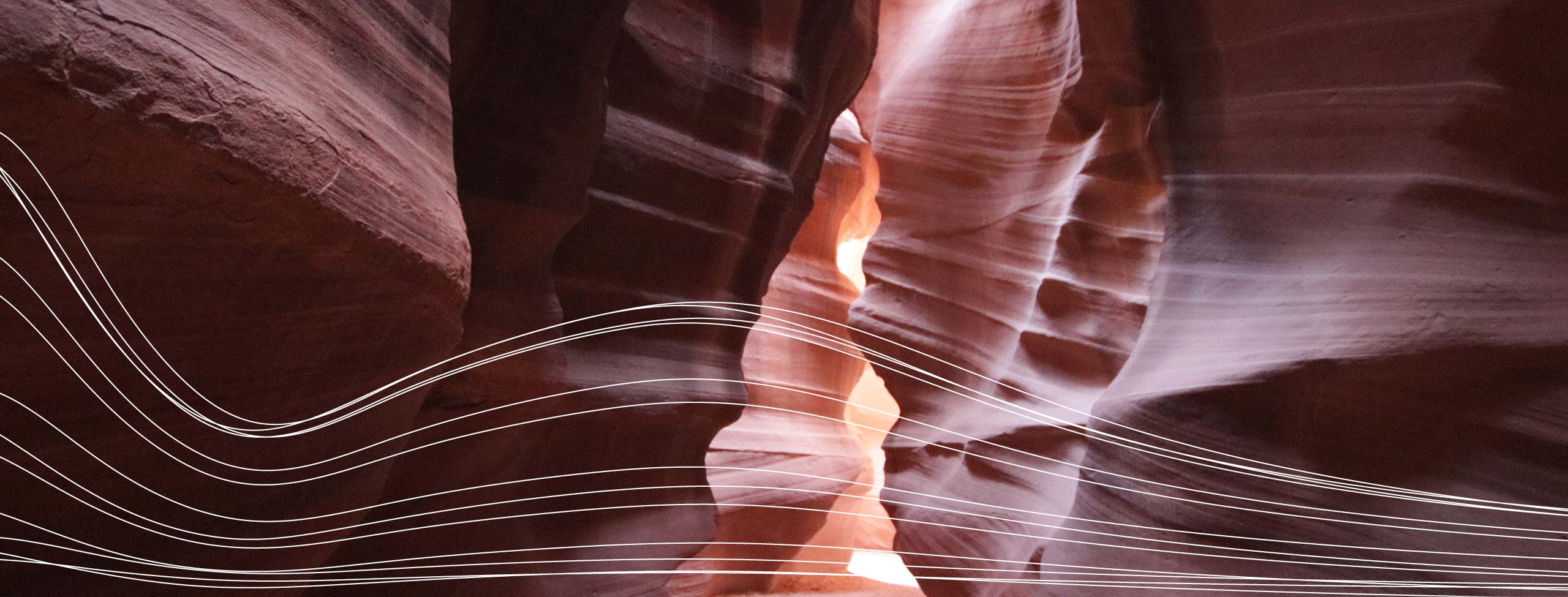The development of artificial intelligence in the fashion industry: An opportunity or a threat
With the advent of artificial intelligence (AI), computerprograms termed neural networks – inspired by the biologicalthought processes of humans – can learn from data inputtedby programmers and operate independently to generateinnovative designs. This use of AI has blurred the distinctionbetween designs made by humans and those made bymachines, which in turn has led to questions surrounding theownership of intellectual property rights for works created byhumans, AI or both.
In order to ensure that companies continue to invest in AI,the US will need to develop laws to assure investors that theywill be financially rewarded for these investments. In fact,other countries have already begun to enact such regulationsthat may provide useful models for meeting the challengesposed by the use of AI in the fashion industry.
Blending artificial intelligence and human expertise in the fashion industry
With trends constantly changing, AI is being used to rapidlyanalyze vast amounts of consumer data to accuratelypredict upcoming trends. Some businesses have startedimplementing AI in their stores, using shopping assistantsaccessible by mobile devices to improve the consumer’sexperience by providing product recommendations,or implementing smart mirrors that scan a consumer’sappearance to suggest items that fit best. More recently,companies have begun using AI in the creation of fashiondesigns, raising questions over who owns the rights tomachine-made works.
Emerging copyright implications: ownership confusion
A key feature of AI that has started to raise copyright questions is its ability to generate fabric patterns, colors and silhouettes. To the extent such design elements are protectable under copyright law, AI-generated designs could be treated in a number of different ways. For example, where both a human and a machine contributed to a design, the owner of the machine could jointly own the design with the human contributor. Alternatively, sole ownership rights could be granted to the human contributor. However, what happens once AI begins to produce innovative and creative designs that are not initially instructed by a human being?
Currently, there is no clear copyright protection for fashion designs made using AI under US law. Section 102(a) of the Copyright Act explicitly provides that [c]opyright protection subsists…in original works of authorship fixed in any tangible medium of expression. This means that works of authorship deemed to be original may obtain copyright protection. However, does this extend to original works created by AI?US laws have yet to address whether such works would be owned by the individual who created the AI, the individual who instructed the AI or the AI itself.
While there is no specific law that addresses ownership of works generated by machines, the Compendium of US Copyright Office Practices provides that [b]ecause copyright law is limited to original intellectual conceptions of the author, the Office will refuse to register a claim if it determines that a human being did not create the work (§ 306). After the iconic monkey selfie was taken, the Copyright Office noted in the compendium that it will not register works produced by nature, animals, or plants (§ 313.2). The office further clarified that copyright law only protects the fruits of intellectual labor, not works produced by a machine or mere mechanical processthat operates randomly or automatically without any creative input or intervention from a human author (§ 313.2). Given that these rules only grant protection to a person’s artistic creation where the person has contributed some skill or labor, what happens when the person’s input is limited to speaking to a device or pushing a button?
Outside the US, other countries have begun to develop a legal framework for AI. In the English case of Nova Productions v. Mazooma Games [2007] EWCA Civ 219, the court determined the authorship of a computer game and declared that a player’s input was not artistic in nature because he had contributed no skill or labor of an artistic kind. The Court of Justice of the European Union has likewise declared on multiple occasions, most notably in its landmark Infopaq decision (Case C-5/08, Infopaq International A/S v Danske Dagbaldes Forening, 2009 E.C.R. 89), that copyright protection only applies to original works that reflect the author’s own intellectual creation.This is usually understood to mean that a human author is necessary in order to create a copyright-protectable work.
Furthermore, there are regulations in other countries outside the US, including the UK, Hong Kong, India, Ireland, and New Zealand, that give authorship to the person who programs the AI. For example, under section 9(3) of the UK’s Copyright, Designs and Patents Act, rights in an artistic work that is computer-generated are granted to the person by whom the arrangements necessary for the creation of the work are undertaken. These regulations recognize the work that goes into creating a machine capable of generating original works, even if the creation of the final product is solely undertaken by the machine.
The impact of machine-driven creativity
Without being able to determine whether artistic works created by AI are protectable under US copyright law, it is difficult for investors to gauge the value of those works. They could be faced with the possibility of investing a substantial sum in a company that creates fashion designs using AI, only to find that the designs are not protected under US law and could be used by anyone, without compensation.
If there is doubt over ownership of AI creations, what is the incentive to invest in AI? This uncertainty may lead to a slowing of investment in companies that are trending towards increased use of AI in their creative processes. For this reason, the US must clarify its intellectual property legal framework with respect to AI, so that US companiescan stay competitive as AI becomes a more popular and powerful tool in the fashion industry.
